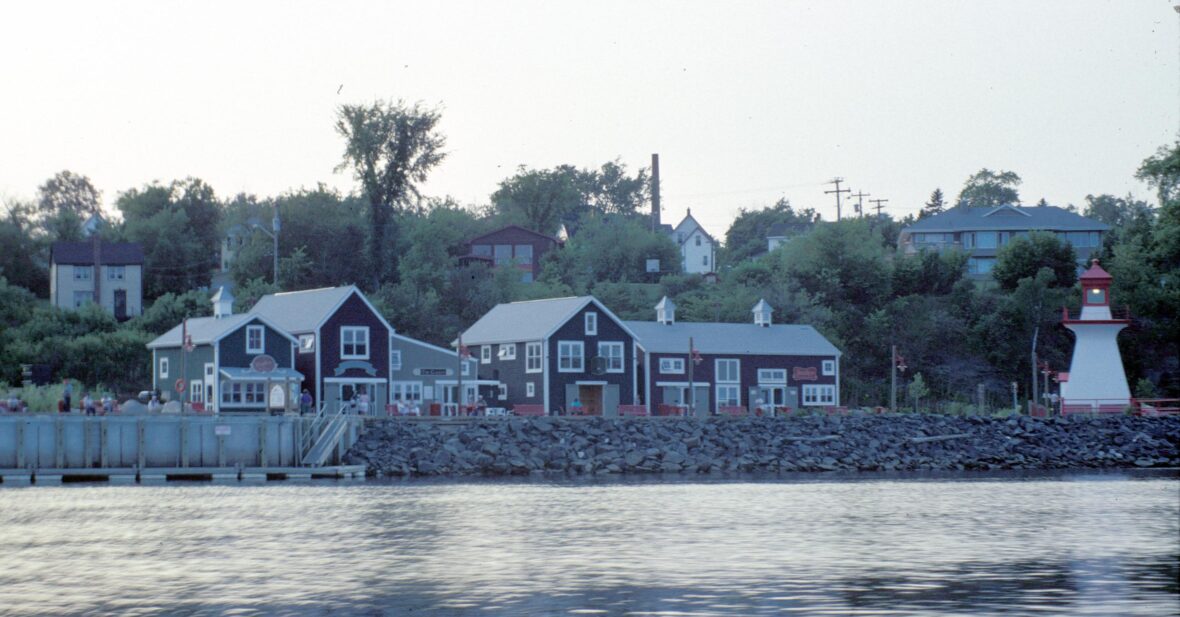Miramichi is the largest city in northern New Brunswick, Canada. It is situated at the mouth of the Miramichi River where it enters Miramichi Bay. The Miramichi Valley is the second longest valley in New Brunswick, after the Saint John River Valley. Take a look below for 30 interesting and fascinating facts about Miramichi, New Brunswick, Canada.
1. The city of Miramichi was formed in 1995 through the forced amalgamation of two towns, Newcastle and Chatham, and several smaller communities, including Douglastown, Loggieville, and Nelson.
2. Also the local service districts of Nordin, Moorefield, Chatham Head, and Douglasfield.
3. The amalgamation also included portions of the former local service district of Ferry Road-Russellville (Now separated and merged with Lower Newcastle-Russellville) and portions of Chatham Parish, Glenelg Parish and Nelson Parish.
4. Long prior to European settlement, the Miramichi region was home to members of the Mi’kmaq first nation. For the Mi’kmaq, Beaubears Island, at the junction of the Northwest and Main Southwest branches of the Miramichi River was a natural meeting point.
5. Following the European discovery of the Americas, the Miramichi became part of the French colony of Acadia. About 1648, Nicolas Denys, Sieur de Fronsac, established a fort and trading post, Fort Fronsac, on the Miramichi.
6. This establishment was apparently constructed “on the North side of the Miramichi, at the forks of the river”. According to W.F.Ganong, a Recollet Mission was established in 1686 on the Miramichi “in Nelson”, “probably near Beaubear’s Island”.
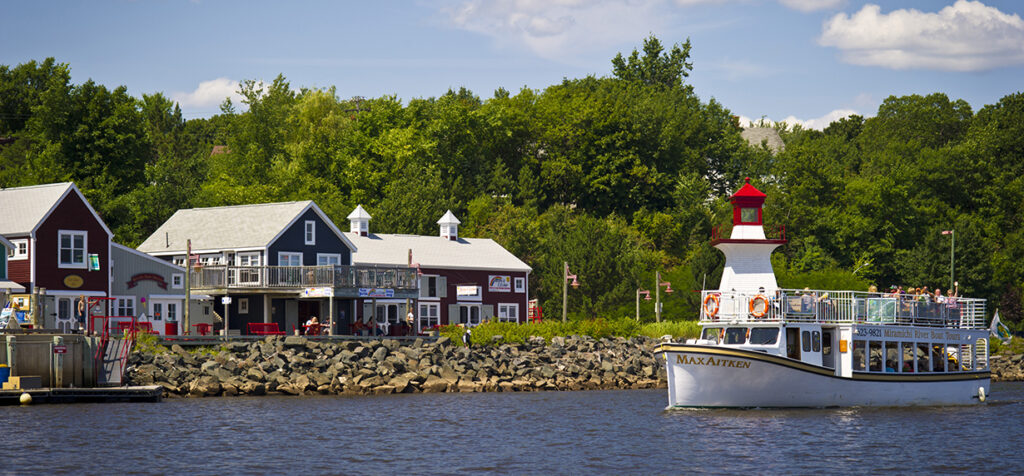
7. Nicolas Denys’ son, Richard Denys, was placed in charge of the fort and trading post, and in 1688 Richard states, “Miramichi is the principal place of my residence”, and describes his establishment as including about a dozen French and more than 500 indigenous inhabitants. In 1691 Richard died at sea; the post declined.
8. By about 1740 French villages were well established on Miramichi Bay at Bay du Vin and Neguac. In the current city of Miramichi, a larger village existed at Canadian Point, and a town comprising 200 houses, a chapel, and provision stores occupied “Beaubear’s Point”. The French maintained batteries of guns at the east end of Beaubears Island and at French Fort Cove.
9. In 1825, a large forest fire, among the worst in recorded history of North America, devastated a number of communities in northern New Brunswick.
10. The Irish began arriving in Miramichi in numbers after 1815 at the end of the Napoleonic War and with a few exceptions ceased coming to the area before the great Irish famine of 1847. They came to the area voluntarily to better their lives. Contrary to prevailing belief, not all of them were Catholic though very few Protestants among them identified openly as Irish and most of their descendants in Miramichi do not do so even to this day. Most arrived form the ports of Belfast and Cork each of which had strong commercial ties with Miramichi.
11. Like the Scots they came on timber ships as individuals or in small family groups and the average age upon arrival was twenty-four. There was some chain emigration whereby additional family members joined the emigrant later but this was minimal. The Miramichi River valley was not settled by large transplantations of Scottish clans or large scale movements of starving and evicted Irish. Though there are one or two interesting exceptions. In 1815 after trade had developed with Newfoundland, Miramichi was surprised and shaken by the arrival of the so-called “Two Boaters”, perhaps as many as 2000. These were the Irish who had taken advantage of cheap fares to St. John’s in the spring and summer of 1815.
12. They were mostly poor laborers and farmers and it seems that initially they settled mainly in the Chatham/Douglastown area. With no prospect of obtaining a land grant, jobs in the woods or in the mills were the only means of getting established. Most of them were able to get at least temporary employment upon arrival, but it was short lived. In 1819 a sharp decline in timber prices resulted in massive layoffs in Miramichi including most of the “Two Boat” Irish of the Chatham area. Following their grueling experience in St. John’s and now unemployed they became disenchanted by their new found misery so many miles from home. They began to create disturbances in the village of Chatham.
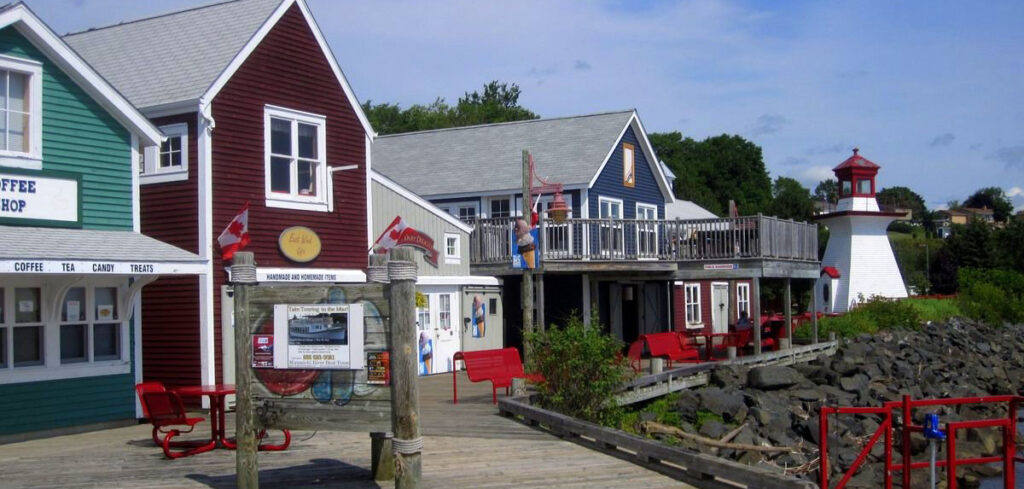
13. Violent outrages were committed in broad daylight, property was stolen and in the worst cases houses and barns were burned to the ground. The people of the area soon dubbed them “those uncivilized immigrants from Ireland”, whom local magistrates were powerless to control. But the Irish were not the only troublemakers along the river at that time. They were often mistakenly blamed for outrageous disturbances caused by unruly sailors idling about the port during the spring and summer months.
14. These idle sailors whooped it up at Miramichi particularly on Sundays when the taverns were closed but often the Irish got the blame. In 1822 a detachment of the 78th regiment stationed in Fredericton was temporarily sent to Chatham to keep the peace. But it was not the soldiers of 78th regiment who quieted the Irish. It took an improved economy, jobs and new found opportunity to do the trick.
15. In 1875, the region’s largest construction project in history was completed when the federal government’s Intercolonial Railway (ICR) opened between Moncton and Campbellton. The following year it would link Halifax with Rivière-du-Loup and the Canadian railway network. One of the biggest geographic obstacles presented in the project was the crossing of the Miramichi River. Surveyors deemed the ideal location for bridging to be at the upper reaches of tidewater between Nelson and Newcastle, crossing the Southwest Miramichi, then a short section of land at Derby, followed by the Northwest Miramichi. The combined length of these bridges would be among the largest constructed to date in Canada (surpassed only by the Victoria Bridge in Montreal) and were the first bridges over the Miramichi River, revolutionizing transport in the region.
16. The ICR bypassed Chatham by running through Newcastle and then on to the north and west. Within a decade, the Canada Eastern Railway was built to link Chatham with Fredericton, along the length of the Southwest Miramichi River valley. In 1904, the Canada Eastern was purchased by the ICR.
17. In 1915, the ICR became part of Canadian Government Railways and 3 years later in 1918 it became part of the Canadian National Railway (CNR).
18. CNR operated express passenger trains along the main line from Halifax to Montreal via Newcastle, most notably the Ocean Limited, along with various local trains to Fredericton, Moncton and Campbellton. The Dungarvon Whooper provided passenger service along the Canada Eastern Railway from Newcastle to Fredericton.
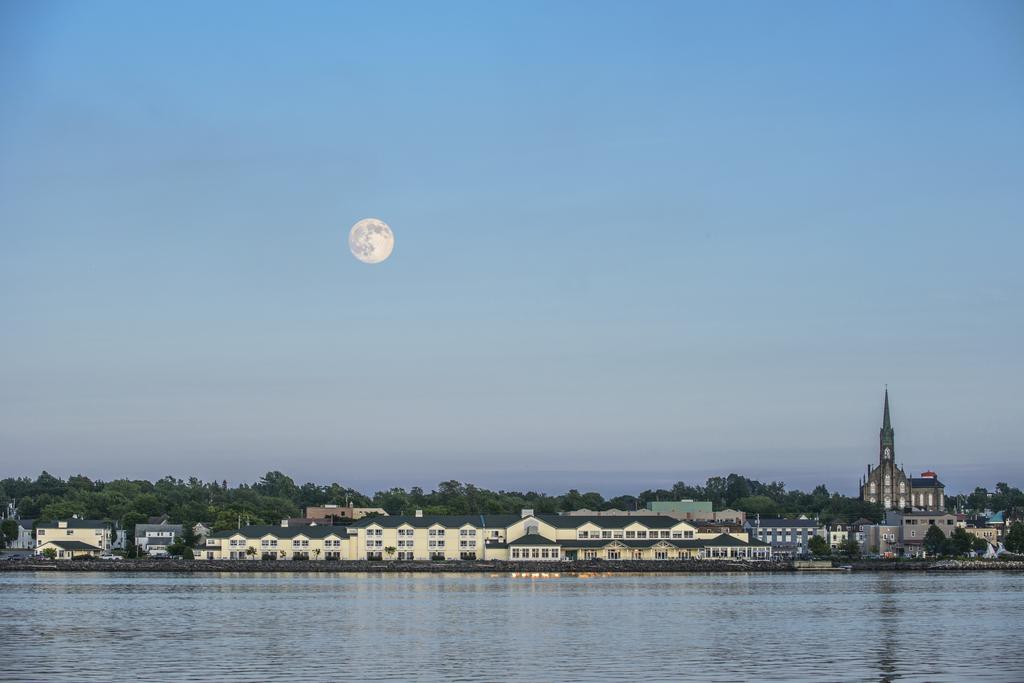
19. The ports and railways serving Newcastle and Chatham burgeoned with activity as the 19th century lumber industry gave way to the 20th century developments in pulp and paper, and mining.
20. As the shipbuilding, masting and lumber industries waned, pulp and paper production eventually replaced lumber exports as the mainstay of the area’s economy. A valuable sports fishery developed, attracting “sports” initially from adjacent New England, and subsequently from all parts of the world. In the mid 20th century, an air force base, CFB Chatham, became the cornerstone of Chatham’s economy.
21. The discovery of base metal deposits and the development of Heath Steele Mines, 60 km to the northwest, allowed Newcastle’s economy to diversify and strengthen through the 1960s. The mine and air force base had both closed by 1999 as the mine’s ore body was depleted, and with the collapse of the Cold War. The forest industry is the dominant player in the city’s economy today.
22. The Miramichi area’s economy is primarily focused on mining, fishing and forestry. Other sectors include tourism, customer contact centres, manufacturing, and the provincial and federal government.
23. The service sector is the city’s largest employer. The region has recently experienced the closure of several wood mills causing many residents to migrate west. Since the shale gas boom in Alberta, many Miramichi residents split their time between the oil fields and Miramichi.
24. The Repap paper mill (between the Anderson and Miramichi Bridges) was purchased by UPM in 2000, and was later closed in 2007 because of economic pressures in the North American forest industry and subsequently demolished.
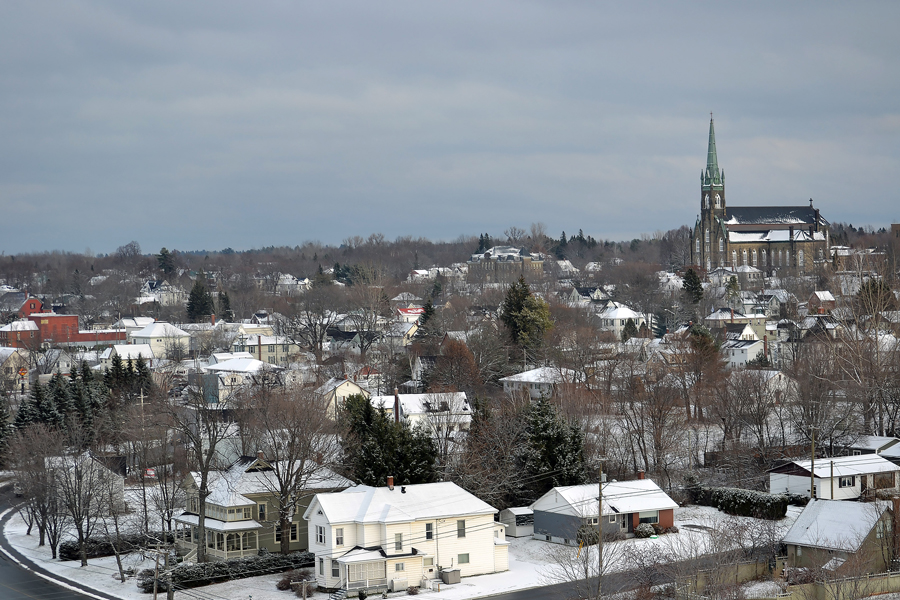
25. A closed Weyerhauser OSB mill at Morrison Cove was subsequently purchased by Arbec, a Quebec-based company and the mill re-opened in 2013 producing OSB products.
26. The towns of Chatham and Newcastle were formerly important ports for northeastern New Brunswick. Dredging, however, was necessary to maintain a deep enough channel for most ships to cross between the barrier dune islands at the mouth of Miramichi Bay. Ocean-going ships entering the port must have a shallow draft, and must navigate the ancient, meandering course of the drowned Miramichi River channel through the inner Bay.
27. As in other regions of the Maritimes, Miramichi culture is firmly grounded in the Mi’kmaq, Acadian, English, Scottish, and Irish traditions of the region’s founding population, particularly in the fishing, sailing and lumbering industries. Every bend in the rivers, from Push and Be Damned Rapids to the Turnip Patch has a distinctive name. These roots and the lives of their ancestors provided inspiration for the novels of local author David Adams Richards, the tales and folklore of Herb Curtis, and the fiction and non-fiction books of Chatham writer Raymond Fraser. Local young adult author Valerie Sherrard’s first historical novel, Three Million Acres of Flame, deals with the 1825 Miramichi Fire, one of the largest recorded land fires in North American history.
28. Miramichiers speak English, though some residents exhibit a vernacular, seemingly a derivative of Maritime English, not readily understood by outsiders.
29. A small part of this language has been captured in Herb Curtis’ 1991 book, Look What the Cat Drug In: A Miramichi Dictionary and Doug Underhill’s 1996 City of Miramichi: An Interpretive Guide.
30. Ritchie Wharf is a park located on the waterfront of Newcastle-Miramichi. It is the location of many events that take place on the river, and is often the location of choice for local musicians.

